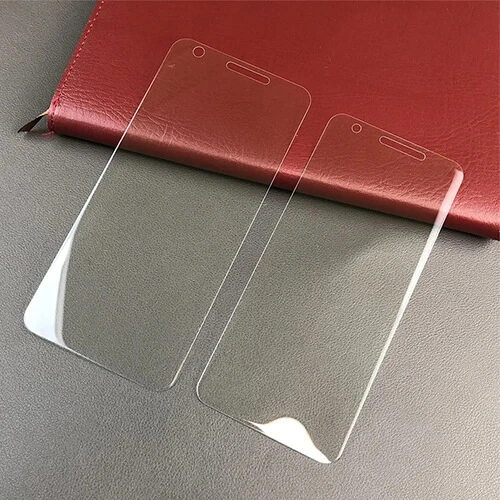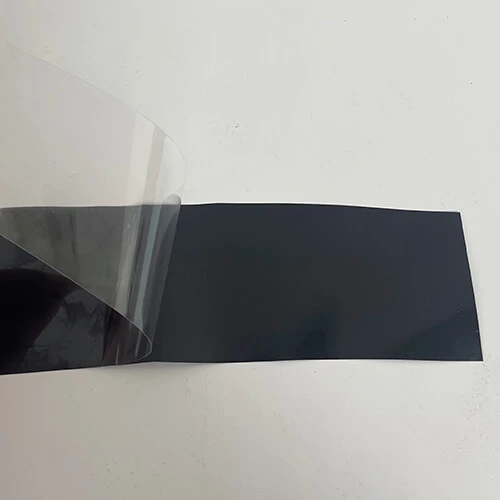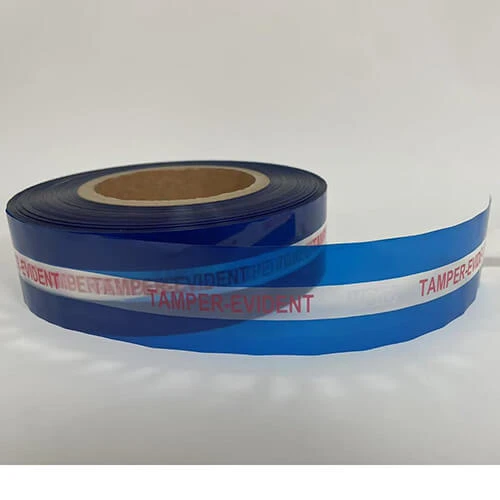
Self-adhesive tapes
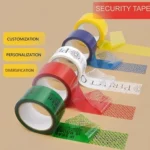
What Material is Tamper Evident Tape Made Of?
When it comes to acrylic adhesives and tapes, one of the most critical performance metrics is peel strength. Whether you’re in manufacturing, construction, or even crafting, understanding peel strength can make or break your project. But what exactly is peel strength, and why does it matter? Let’s dive in!
What is Peel Strength and Why is it Important?
Peel strength measures the force required to peel an adhesive tape or coating from a surface. It’s a key indicator of how well an adhesive will perform in real-world applications. For example:
- Strong peel strength ensures that tapes stay firmly attached, even under stress or harsh conditions.
- Low peel strength might lead to failures, like tapes lifting off or adhesives losing grip over time.
In industries like automotive, electronics, and packaging, peel strength is crucial for ensuring durability, safety, and reliability. Imagine a car emblem falling off because the adhesive wasn’t strong enough—peel strength testing helps prevent such mishaps!
How is Peel Strength Tested? A Simple Guide
Testing peel strength might sound complicated, but it’s a straightforward process when you follow standardized methods. One widely recognized standard is JIS Z 0237 8, which provides clear guidelines for evaluating adhesive performance. Here’s a simplified breakdown of the process:
1. Prepare the Samples
- Cut a strip of the adhesive tape or coated material to a specified width (usually 25 mm or 1 inch).
- Apply the tape to a clean, standardized surface (like stainless steel or glass) using a roller to ensure even adhesion.
- Allow the adhesive to bond for a set period, typically 20 minutes to 24 hours, depending on the standard.
2. Set Up the Test Equipment
- Use a tensile testing machine equipped with a peel fixture.
- Clamp one end of the tape to the machine and the other end to the surface.
3. Perform the Test
- Peel the tape at a constant speed (usually 300 mm/min) and at a specific angle (90° or 180° are common).
- The machine measures the force required to peel the tape, recorded in Newtons per meter (N/m) or grams per inch (g/in).
4. Analyze the Results
- The average force during peeling is reported as the peel strength.
- Consistent results across multiple tests indicate reliable adhesive performance.
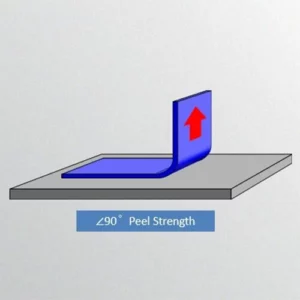
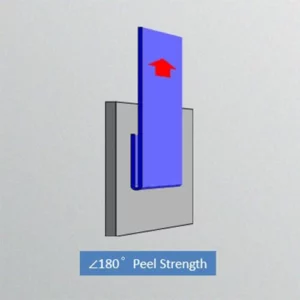
Tips for Accurate Peel Strength Testing
- Surface Preparation: Always clean and prepare surfaces according to the standard to avoid skewed results.
- Environmental Conditions: Test at controlled temperature and humidity levels, as these can affect adhesive performance.
- Consistent Application: Use a roller to apply the tape with uniform pressure.
Peel strength isn’t just a technical term—it’s a practical measure of how well your adhesive will hold up in the real world. By understanding and testing peel strength, you can ensure your products are reliable, durable, and ready for any challenge. So, the next time you’re working with acrylic adhesives or tapes, remember: peel strength is the key to success!

